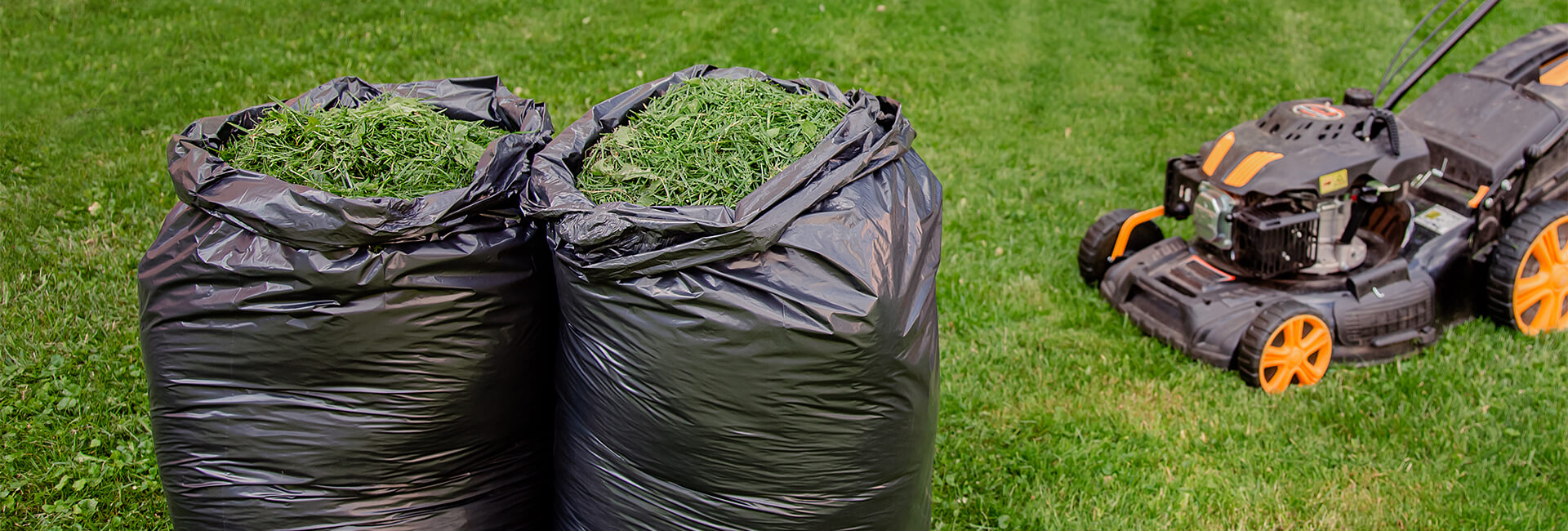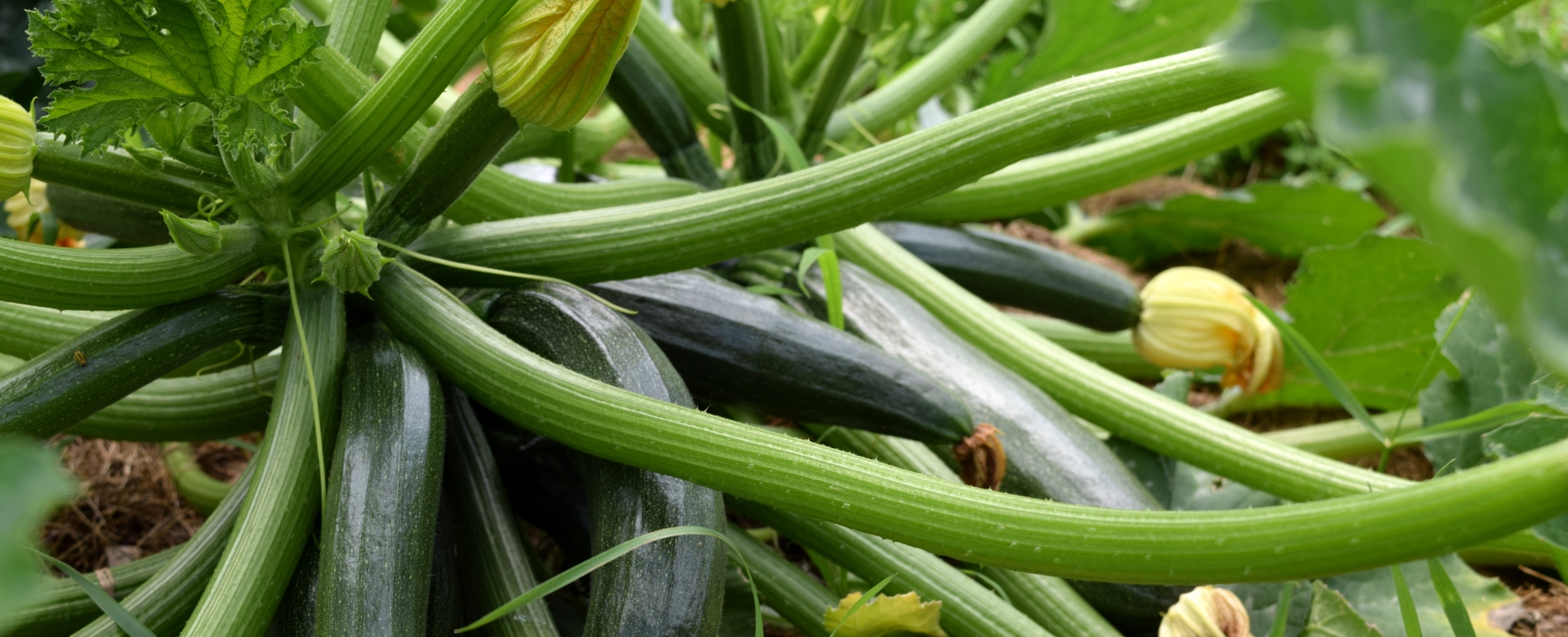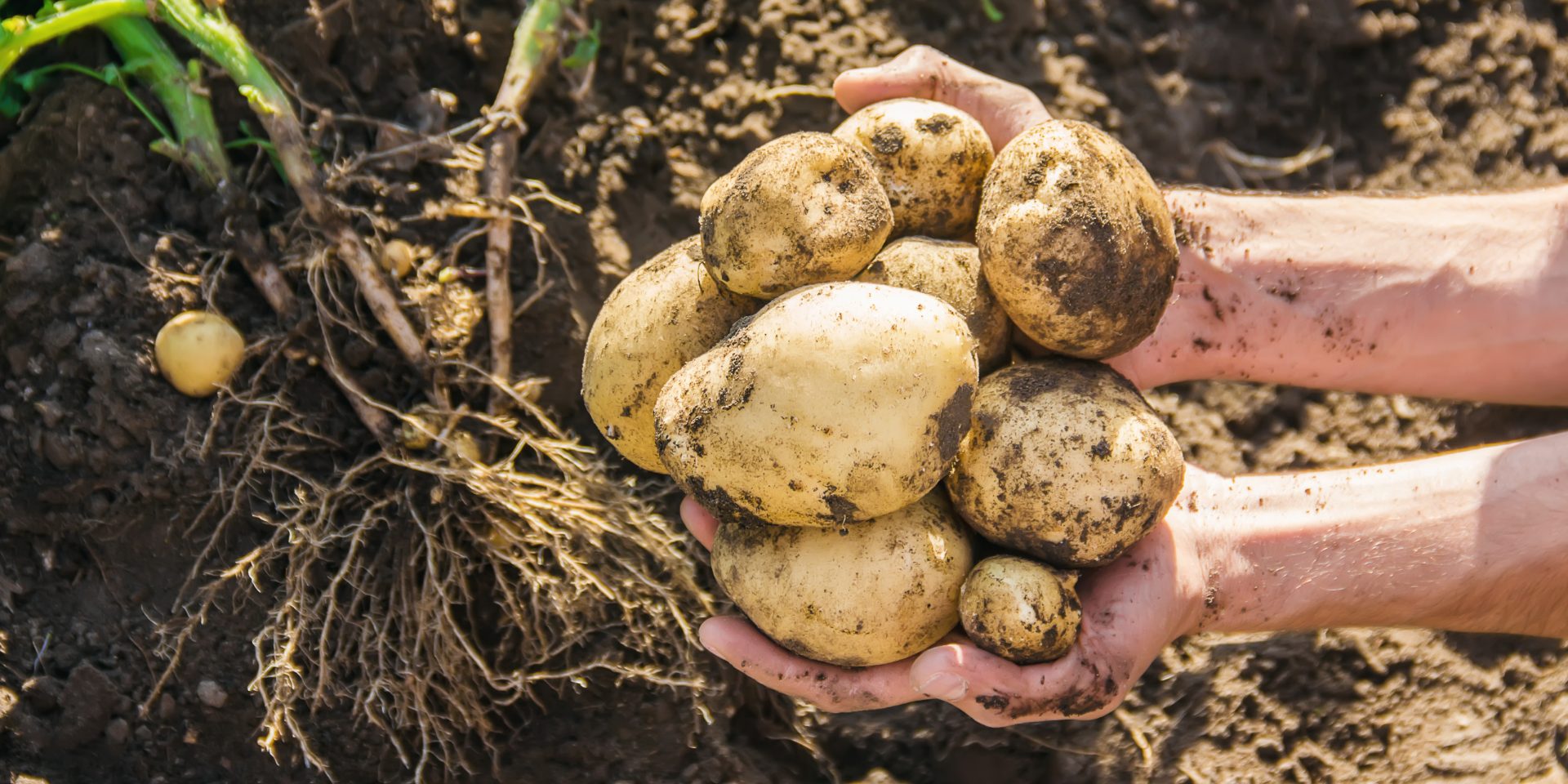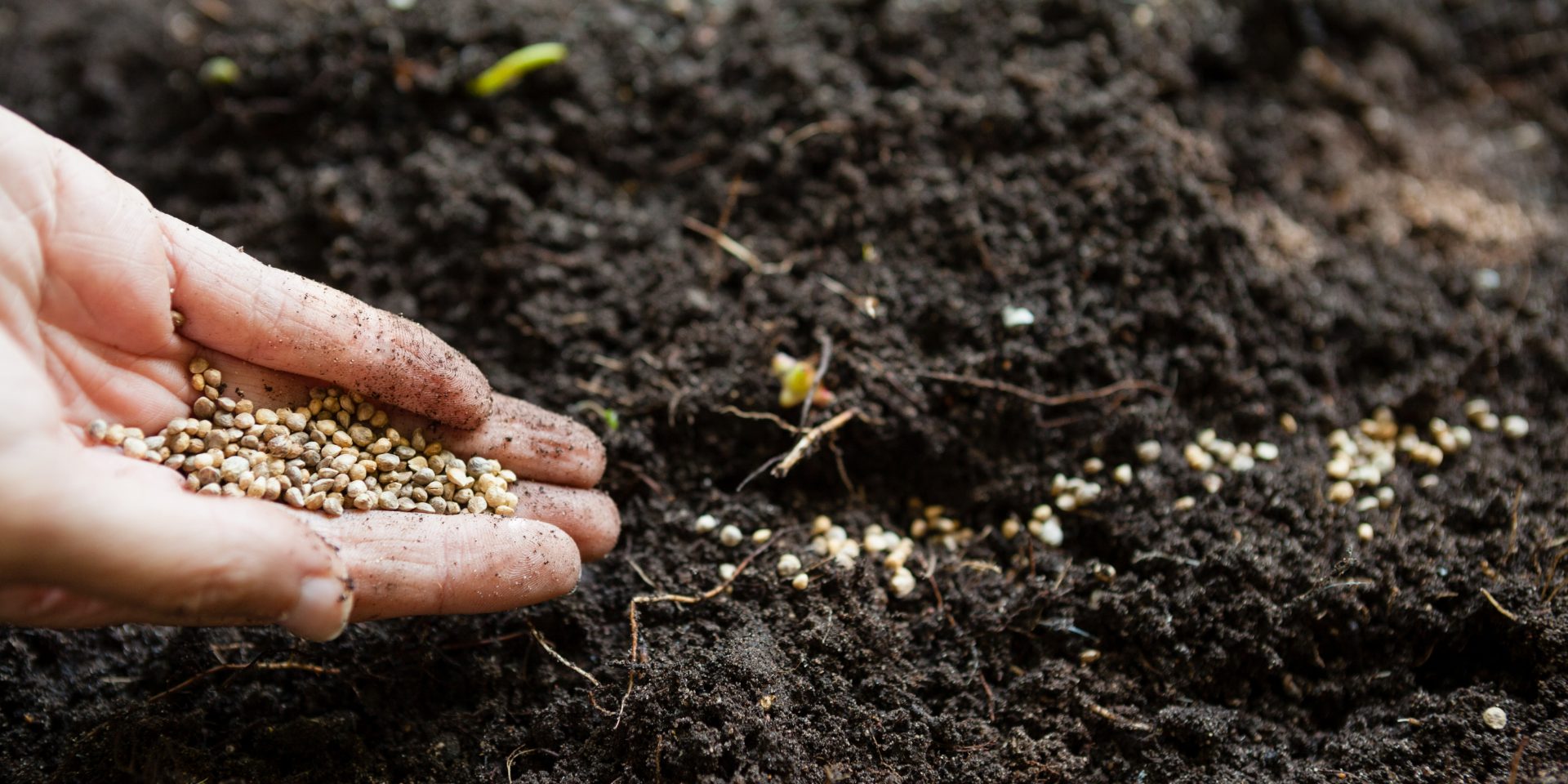As a homeowner, your lawn is the star of your home. But dealing with grass cuttings can be a hassle.
Here’s one solution that will save you time and money: Use your grass clippings as mulch.
As long as the grass is dried out, the lawn has not been treated with chemicals, and there are no weed seeds present, using grass clippings in raised beds is normally safe and beneficial.
Grass clippings, particularly in the summer, can improve the soil’s quality and maintain moisture. And once they’ve broken down, your plants may use them as the tastiest food possible to grow and thrive. However, you shouldn’t just dump your clippings on your garden and call it done. There are a few steps you can take to avoid introducing weeds, chemicals or too much nitrogen with your mulch.
Need some help? We’ll go over everything you need to know about using grass clippings as mulch.
Let’s get started!
How to Make Grass Clippings into Mulch for Your Garden
Making mulch with grass clippings is simple, low-cost, and doesn’t require extra work. Here’s a quick and easy process you can use:
Step 1: Use Good Grass
Even though your lawn is covered in grass, not all of it may be used as garden mulch. Avoid using grass that has gone to seed or that contains large amounts of weeds. These seeds will sprout in your garden, introducing a lot of weeds.
Step 2: Let It Grow
Make sure to tend to the grass grow so that it gains an extra 1-2 inches. This will maximize the amount of mulch you can create. Not to mention, it’s better for your lawn.
Step 3: Avoid Applying Chemicals
Grass that’s been treated with chemicals shouldn’t be used in vegetable gardens or raised beds. These chemicals can leach from the mulch into the soil and can increase levels of chemicals in the vegetables.
Step 4: Use a Mulching Blade
Use a mower that has a storage bag to catch your grass cuttings when mowing, as well as a mulching blade. A mulching blade will shred up the grass clippings to help you avoid big clumps.
Step 5: Dry Them Out
Spread out the clippings to allow them to dry. There should be no more than two inches of grass per layer. Before turning, let it air dry for a couple of days. Continue until all the clippings are dried and turn golden in color.
Step 6: Use Them in the Garden
As you apply, make sure the grass mulch layer is no more than an inch thick in your garden. You can use prepared clippings around sprouts and new plants, as well as established vegetables.
Step 7: Store Leftovers
Depending on the temperature, store leftover clippings in an open, dry place or put them in a garbage bag if you aren’t ready to utilize them in your garden. The longer you wait to use them, however, the more nutrients they will lose.
Grass Clippings as Mulch: Pros and Cons
There are many benefits to using grass clippings in your garden. They help you retain moisture, provide shade for roots, and guard against insects and pests. However, there are also some cons to grass mulch.
Here are the pros and cons of using grass as mulch:
Pros
Prevent Disease
When watering or when it rains, mulch helps keep water from splashing onto the leaves. Diseases can be avoided by keeping dirt and excess water away from the leaves.
Retain Moisture
The mulch layer decreases evaporation. As a result, moisture will be held in the soil for longer and prevent your plants from drying out. You can also consider adding worm castings to the soil, as it increases soil’s water retention and retains plant nutrients from leaching away with water.
Fight Off Slugs
Slugs are a garden killer, but they often avoid contact with grass cuttings. Grass clippings can help to ward off pesky slugs.
Maintain the Soil Temperatures
Mulch regulates soil temperature in addition to preserving soil moisture. This will be appreciated by your plants in the spring and fall.
Feed Your Plants
You won’t need as much fertilizer because grass mulch doubles as organic fertilizer once it decomposes. The clippings are mostly recognized for their high levels of nitrogen, phosphorus, and potassium.
Save Money
Grass cuttings will always be present if you already have a lawn and mow it. The pricier mulch, such as straw, won’t be necessary for you to purchase.
Cons
Chemicals May Be Present
Your vegetables or flowers will die if they come in contact with pesticide residue. The grass clippings will absorb any chemicals you put on your lawn and may endanger your plants if you do.
Gets Vegetables Dirty
Ready to toss up a fresh salad? Be sure to wash your veggies carefully to avoid any unwanted extras. Grass clippings can transfer unwanted debris, and sorting out stubborn mulch can take some extra effort.
Unpleasant Smell
You might have to put up with the unpleasant scent of rotting grass clippings if you don’t spread the grass out evenly or apply it to your garden while it’s still wet. Therefore, make sure to let the grass clippings completely dry before utilizing them.
Weeds May Be Introduced
There is a chance that some grass clippings contain weed seeds, which can be a hassle if they are planted in your flower or vegetable garden.
Using Grass Clippings for Mulch: Frequently Asked Questions
1. When making mulch, should you use fresh or dried grass clippings?
The ideal mulch is made of dried grass clippings. Dry clippings will aid in weed suppression, allowing your plants to benefit from all the beneficial nutrients and moisture.
Be prepared to deal with a bad-smelling, slippery layer of grass in your garden during decomposition if you use fresh grass clippings as mulch.
Additionally, recently cut grass clippings retain a lot of heat. As a result, they can quickly burn your seedlings if there is even a remote chance of contact.
2. Are grass clippings okay to use in vegetable gardens?
You can utilize grass clippings in your vegetable garden with no risk. To ensure your plants receive all the fantastic benefits, make sure the mulch is properly prepared. Before using the grass in your garden, let it dry out. Dry mulch will aid in preserving moisture and help adequate oxygen to reach the soil.
3. What if the grass has been chemically treated?
Most broadleaf chemicals used on grass have negative reactions with vegetable crops. Additionally, ingesting substances that are unsafe for human consumption is unhealthy. So, stay away from mulching your plants with grass clippings, if you’ve just applied herbicides on your lawn.
4. How long do grass clippings take to decompose?
In 3–4 weeks, grass clippings sprinkled in your organic garden will often begin to decompose. They won’t be noticeable after another one to two weeks.
5. Can grass grow in your flower beds because of lawn clippings?
Yes and no. Only when grass seeds are mixed with the cut grass can grass sprout from clippings. In the absence of seed remnants, the clippings will simply decompose in the flower bed, returning all the soil’s essential nutrients.
Wrapping Up
Revamp your garden with grass clippings as mulch! Not only does it keep soil moisture, nutrients, and temperature under control, but it’s also free and easy to prepare. Give your garden the love it deserves without spending a fortune by following affordable low maintenance landscape ideas.
Get ready to experience your dream garden! Stop by one of Homegrown Outlet’s locations today! For further information, be sure to check out our Resources page!




